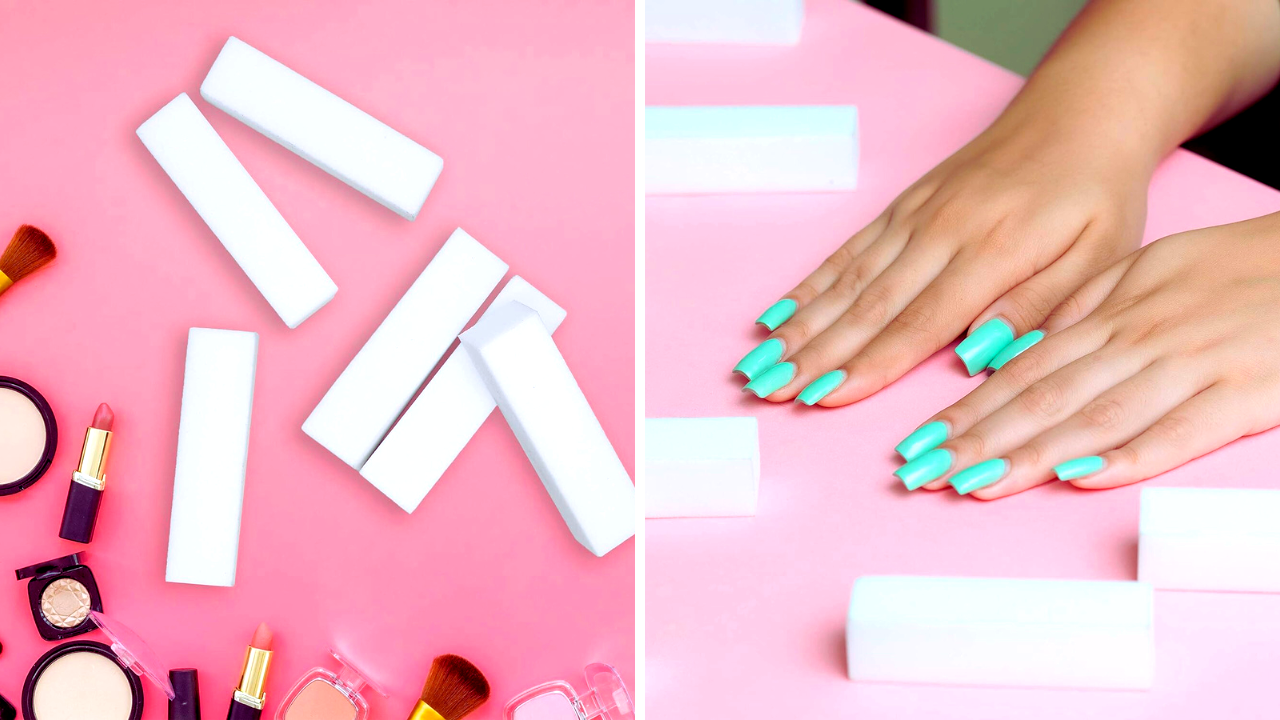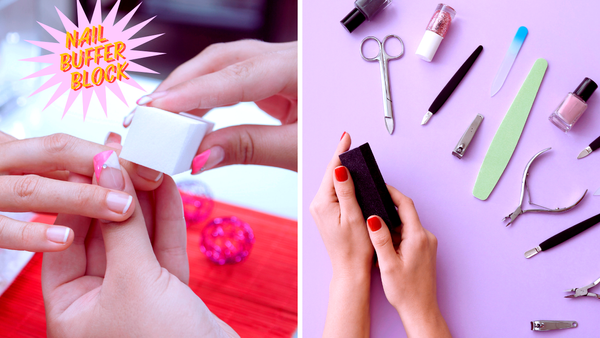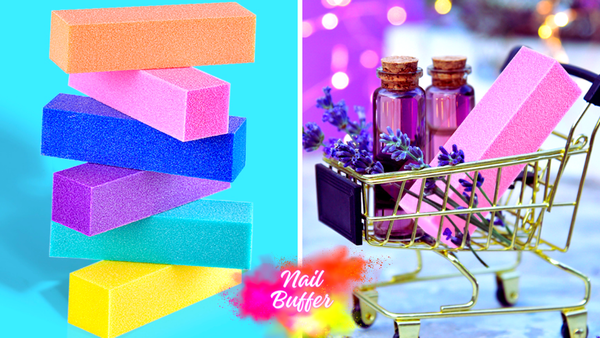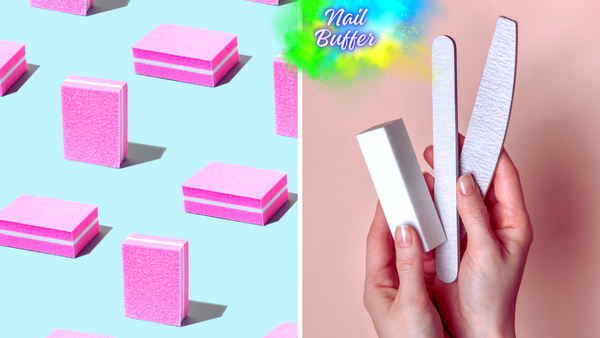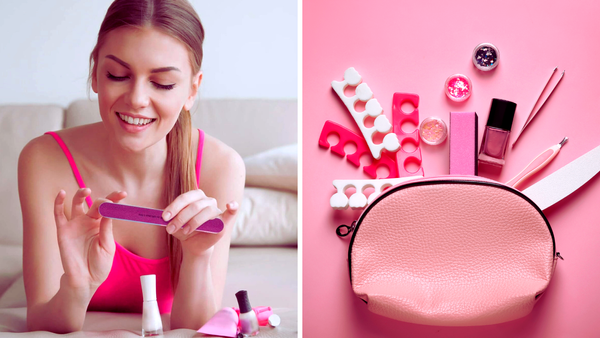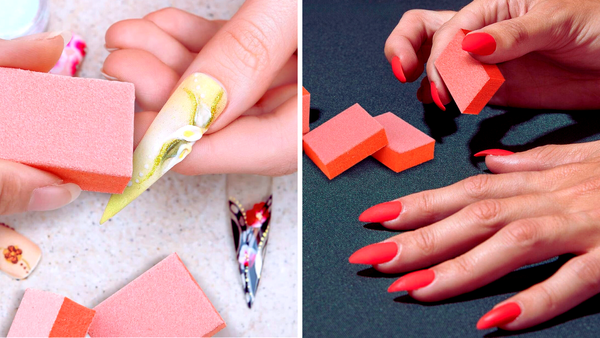Key Takeaways:
- Nail buffers create a smoother surface on the nails, enhancing the application of nail polish and promoting nail health.
- Excessive buffing can lead to thinning and weakening of the nails, so it's important to buff gently and not too frequently.
- Using a buffer correctly can stimulate blood circulation to the nail bed, contributing to stronger and healthier nails.
Nail care is an essential part of personal grooming, and understanding the tools and techniques involved is key to maintaining healthy and attractive nails. One such tool that often raises questions is the nail buffer. So, what does a buffer do for nails? Let's dive into nail buffing and explore its benefits, techniques, and best practices.
The Role of Nail Buffers in Nail Care
Nail buffers are designed to smooth and shine the nails, providing a perfect canvas for nail polish application. They come in various shapes and sizes, but all serve the same purpose: to even out the nail surface. Buffing your nails can remove ridges and rough edges, leaving behind a shiny finish that can be stunning even without polish.
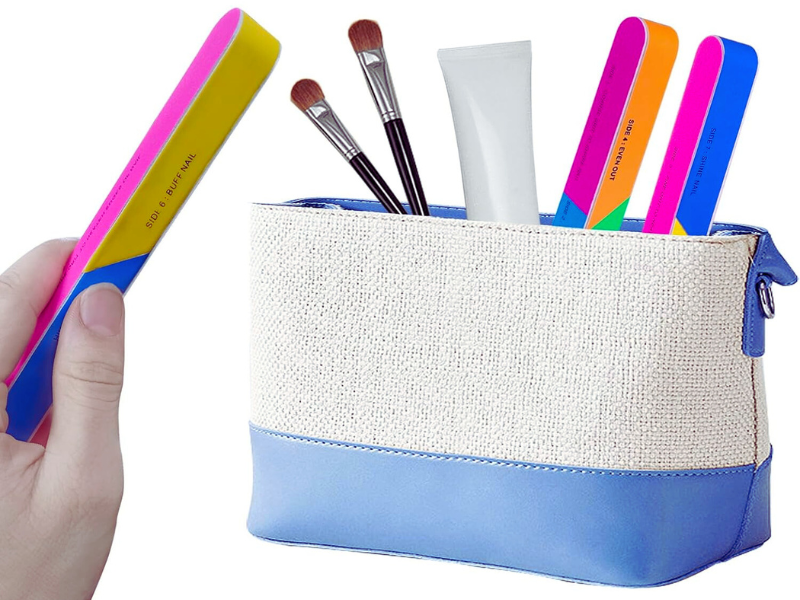
Understanding the Different Sides of a Buffer
Most nail buffers have multiple sides, each with a different level of coarseness. The roughest side is used to file down unevenness, while the finer grit sides are for smoothing and polishing. It's important to use these sides correctly to achieve the best results and avoid damaging the nail plate.
The Benefits of Buffing Nails
Buffing nails not only makes them look more attractive but also promotes nail health. Buffing increases blood circulation to the nail bed, encouraging stronger growth. Additionally, a smooth nail surface can prevent old nail polish from chipping and peeling.
How to Properly Buff Your Nails
To buff nails correctly, start with the roughest side of the buffer and move to the finer sides. Use gentle, circular motions and avoid buffing in one direction, as this can cause heat buildup and weaken the nails. Remember, gentle buffing is key to preventing nail damage.
Nail Buffing Techniques for a Shiny Finish
After smoothing the nail surface, use the finest side of the buffer to create a shiny finish. This step is often called polishing and should be done with light pressure to add shine without thinning the nails. The finished buffing should leave your nails looking glossy and healthy.
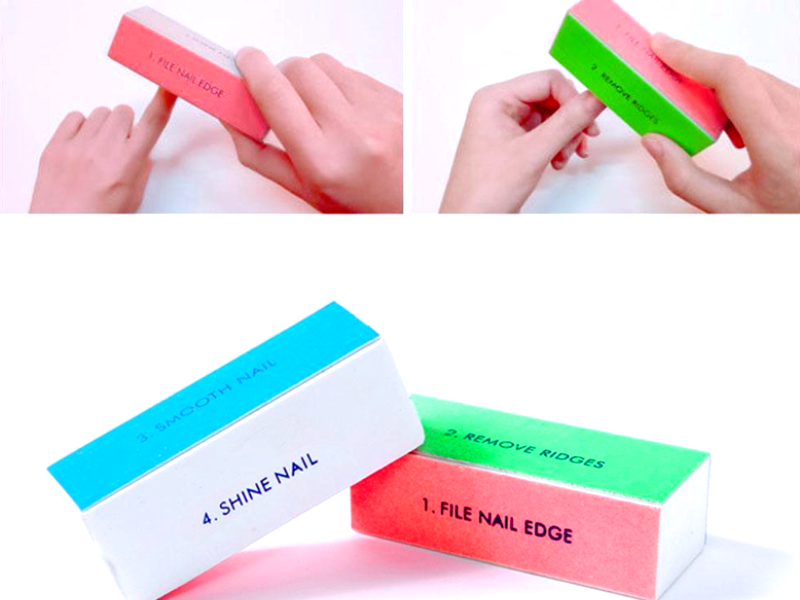
The Importance of Nail Health When Buffing
While buffing can improve the appearance of your nails, it's crucial to consider nail health. Excessive buffing can make nails brittle and prone to breakage. To maintain strong nails, buff only as needed and nourish them with cuticle oil and hand cream after buffing.
Choosing the Right Nail Buffer
Selecting the right nail buffer is essential for effective nail care. Look for a buffer with multiple sides of varying grit to address different buffing needs. A good quality nail buffer will be durable and gentle on the nails, ensuring a smooth buffing experience.
Buffing Nails for Nail Art Preparation
For those who love nail art, buffing is an important preparatory step. A smooth nail surface allows for better adhesion of nail polish and intricate designs. Buffing nails before applying nail art can make the process easier and the results more impressive. The Evolution of Nail Buffing Tools The history of nail buffing is as rich and varied as today's tools. From the rudimentary emery boards used in the early 20th century to the modern, multi-sided nail buffers, the evolution of these tools has been driven by the quest for the perfect manicure. Initially, women used rough stones or metal files to shape their nails, but these often caused damage. As nail care became more sophisticated, the introduction of finer grit nail files and buffing creams allowed for a gentler approach, leading to healthier, shinier nails without the risk of excessive buffing.
In recent years, technological advancements have brought about electric nail buffers, offering a quick and consistent way to buff nails. These devices often have various attachments to cater to different nail types and desired finishes. For instance, a gentle attachment can be used on thin or brittle nails to avoid further thinning, while a rougher side can remove ridges on more resilient nail beds. The key is to use these tools with care, as the power of electric buffing can easily lead to over-buffing if not handled correctly. Always follow the manufacturer's instructions and finish with nourishing cuticle oil to maintain nail health.
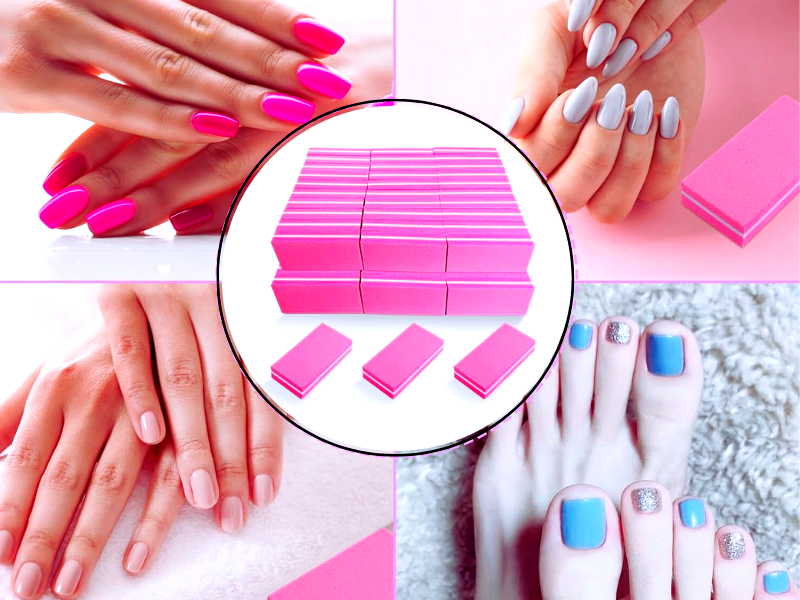
Nail Buffing for Men's Nails
Nail buffing isn't just for women; men's nails can also benefit from this practice. Buffing can help maintain a clean and professional appearance, especially for those who prefer not to wear nail polish. A quick buff can make men's nails look well-groomed and healthy.
Avoiding Over-Buffing and Its Consequences
It's important to avoid over-buffing, as it can lead to thinning and weakening of the nail plate. If you notice your nails becoming brittle or sensitive after buffing, it's time to give them a break and focus on nail recovery with nourishing treatments.
Incorporating Buffing into Your At-Home Manicure
Buffing is a simple step that can elevate your at-home manicure. By creating a smooth surface, your nail polish application will be easier, and the final look will be more professional. Remember to buff gently and follow with a clear coat to protect your nails.

Nail Buffing as a Standalone Beauty Treatment
If you're not planning to apply nail polish, buffing can be a standalone beauty treatment. A well-buffed nail has a natural shine that looks clean and polished. For those who prefer a minimalist approach, buffing is an excellent way to maintain beautiful nails without polish.
Quick Tips for Maintaining Buffed Nails
To keep your buffed nails looking their best, apply hand cream regularly and use cuticle oil to hydrate the nail bed. Also, avoid using your nails as tools, as this can damage the smooth surface you've worked hard to achieve.
The Do's and Don'ts of Nail Buffing
When buffing your nails, use a light touch and don't buff too frequently. Follow the correct order of the buffer sides, and don't ignore signs of nail damage. By adhering to these guidelines, you can enjoy the benefits of buffing without compromising nail health.
Nail Buffing for Different Nail Types
Whether you have natural nails, gel polish, or acrylics, buffing can be adapted to suit your nail type. For natural nails, be extra gentle to avoid thinning. For gel polish or acrylics, buffing can help smooth out imperfections and prepare the nails for a new coat.
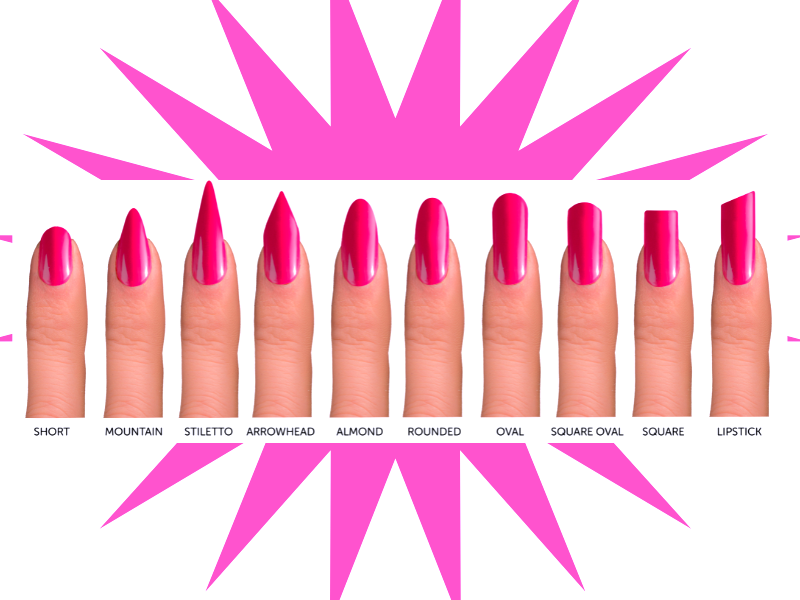
When to Seek Professional Nail Buffing
If you're unsure about buffing your nails at home, consider seeking the services of a nail technician. A professional can provide expert buffing without risking damage to your nails and offer personalized advice for maintaining your nail health.
Summary
Nail buffing is a valuable technique in nail care that, when done correctly, can enhance the appearance and health of your nails. It's important to use a nail buffer gently and sparingly to avoid damaging the nails. Buffing can prepare the nails for polish, contribute to a shiny finish, and even stand alone as a natural nail treatment. By following the best practices outlined in this article, you can achieve beautifully buffed nails that are both attractive and healthy.
FAQ Section
How often should I buff my nails?
It's recommended to buff your nails no more than once a month to prevent thinning and weakening of the nail plate. If your nails are particularly strong, you may be able to buff them slightly more often, but always monitor the condition of your nails and adjust accordingly.
Can buffing my nails help with nail polish application?
Yes, buffing creates a smoother surface on the nails, which can help nail polish adhere better and result in a smoother, more even application.
Is it necessary to use a nail buffer before applying gel polish?
While it's not strictly necessary, lightly buffing the nails before applying gel polish can remove any oils or residue and create a better surface for the gel to adhere to, potentially extending the life of your manicure. However, be sure to buff very gently to avoid damaging the nail.
